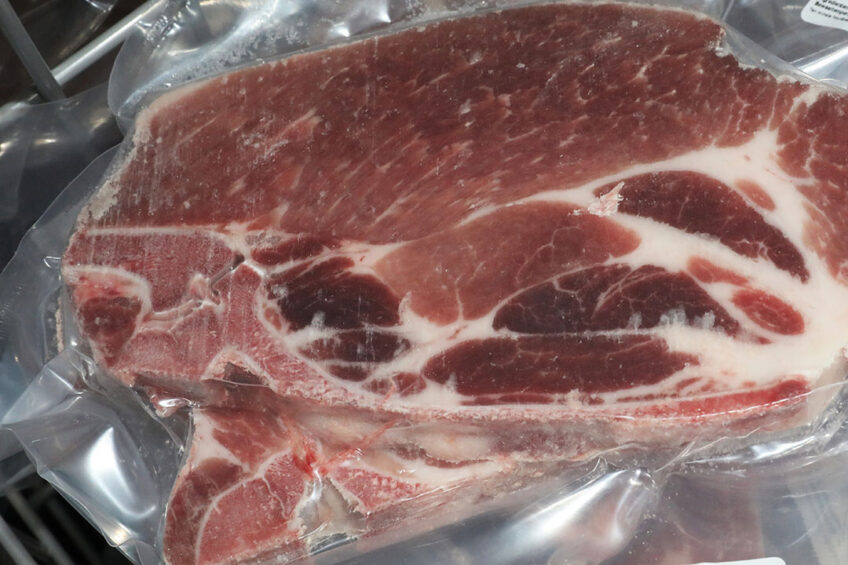Highlights of the Saskatchewan Pork Industry Symposium

SaskPork (the pork producers’ association of the province of Saskatchewan, Canada) hosted the Saskatchewan Pork Industry Symposium for the 45th time on November 15 and 16. What were the highlights?
From November 15-16, speakers and delegates gathered in the city of Saskatoon from countries around the world. On the first day, updates on the Canadian Swine Training Development Project were presented. This pork producer training project, spearheaded by the Canadian Pork Council, includes the consolidation of existing training tools, and the review of their quality and accuracy. It also includes the the development of new resources and tools identified as priorities by the Canadian pork sector.
Canada Pork Excellence
It is part of ‘Canada Pork Excellence,’ a national platform created for Canadian pork producers to demonstrate their commitment to produce high quality pork by maintaining the highest standard in food safety, animal welfare and traceability practises.
Other presentation topics
Also on day one of the Symposium, biosecurity, various research projects, farm safety and feeding without zinc oxide were covered. In addition, there was a panel discussion on managing aging pork production facilities, and a presentation on ‘Alternative Methods for Deadstock Management’ by Dr. Terry Fonstad of the University of Saskatchewan.
Dr. Bernardo Predicala of the Prairie Swine Centre and Greg Wideman of South West Vets presented on ‘Antibiotics or Not? What Makes Sense for Your Operation.’ Dr. Chris Rademacher, Iowa State University College of Veterinary Medicine, presented on reducing sow mortality.
Article on sow death
In early November, Rademacher published an article with colleagues Rodrigo Paiva, Daniel Linhares and Gustavo Silva of Iowa State and Cesar Moura of Iowa Select Farms, identifying the current main causes of sow death.
They note that sow mortality has been a growing concern over the past decade in different countries and it has been increasing on many swine farms and different production systems.
They point to a recent retrospective observational study to assess the risk factors associated with weekly sow mortality rate (looking at a large swine production system located in the mid-west US). That study found five main risk factors associated with higher sow mortality rate:
Breeding herds facing porcine reproductive and respiratory syndrome virus outbreaks
PRRSV epidemic herds and positive for Mycoplasma hyopneumoniae
PRRSV outbreaks with no feed meds added
Breeding herds with open gestation compared with stalls
Younger herds
New facility
On the second day of the Symposium, the North American outlook for pork was presented, along with updates on African Swine Fever prevention and construction of Saskatchewan’s new sow processing facility.
The plant owner, Donald’s Fine Foods, first did a feasibility study in 2020 to determine the viability of converting the former beef processing plant in Moose Jaw, Saskatchewan into a sow processing plant.
At the time, SaskPork explained that the company would investigate financial feasibility, plus the level of overall support from producers, the public and government for creating a technologically-advanced sow processing facility that could serve hog producers in Western Canada.
‘Significant benefit’
SaskPork stated at the time that the additional sow processing capacity of this plant “could be a significant benefit” to the industry. “Currently, producers export over 80 percent of their cull sows to the US for processing. With a Moose Jaw sow processing plant, Western Canadian producers could benefit from greater profitability for sows. This is due to reduced transport costs, and greater ability to deliver direct. Increased biosecurity and from the alleviation of border closure risks also help.”
These last 2 years, Donald’s Fine Foods has been doing extensive renovations to convert the “mothballed” plant.
This year, the company received a loan of $ 5 million CAD to complete the plant conversion from the Canadian government’s ‘Jobs and Growth Fund.’ SaskPork expects that there will be over 100 new jobs once the plant is open.







